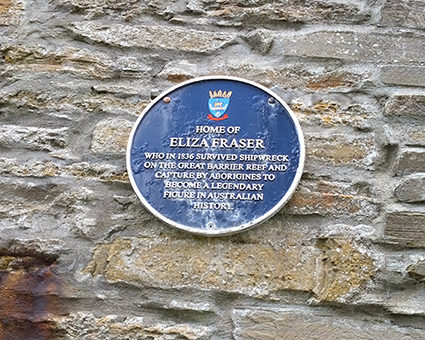Skara Brae, Orkney
We recently took a trip in a campervan to Orkney, Northwest Scotland and the Outer Hebrides – these places are dramatic and wild, their harshness softened for us by benign weather and flowering heather. As well as the ubiquitous ruined crofts, the area is studded with Neolithic remains – brochs (Iron Age houses), settlements, cairn tombs and standing stones. At the visitor centre for the largest excavated village, Skara Brae on Orkney is a poem by local poet George Mackay Brown (1921 – 1996).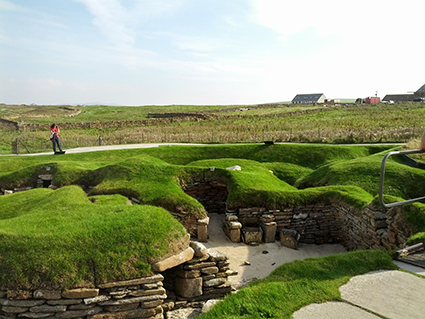
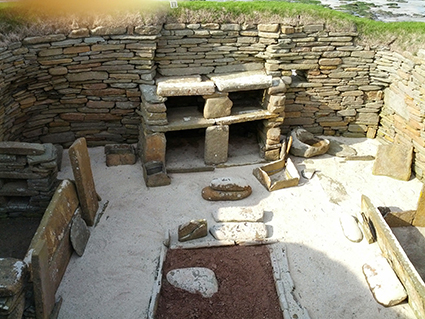
Here in our village in the west
We are little regarded.
The lords of tilth and loch
Are Quarrying (we hear)
Great stones to make a stone circle
In the last of the snow
A great one died
In that stone hollow in the east.
A winter sunset
Will touch his mouth. He carries
A cairngorm on his cold finger
To the country of the dead.
They come here from Birsay
To take our fish for taxes. Otherwise
We are left in peace
With our small fires and pots.
Will it be a morning for fishermen?
The sun died in red flames
Then the night swarmed with stars, like fish.
The sea gives and takes. The sea
Devoured four houses one winter.
Ask the old one to make a clay lamp
The ripening sun
May be pleased with the small flame, at-plough-time.
Stromness
George Mackay Brown lived for most of his life in the grey stone town of Stromness on Orkney. Stromness is steeped in maritime history: from there Sir John Franklin (former governor of Tasmania) made his ill-fated voyage in 1845 to navigate the complete the Northwest passage, and later Stromness local John Rae set out to discover what had happened to this expedition and found from Inuits they had starved to death. A well in the main street, now protected by a glass covering was used to provision ships including Captain Cook’s Discovery and Resolution.
But quite surprising to me was not the Franklin link but to come across a plaque noting the birthplace of Eliza Fraser. Fraser was shipwrecked off the coast of Queensland in 1836 and saved by local Aborigines and lived with them for a couple of months before being found by a convict and taken to a white settlement. This story is the basis for Patrick White’s novel A Fringe of Leaves.
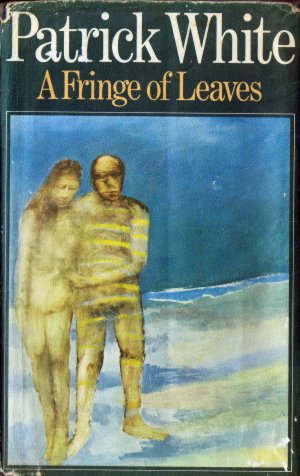
Lewis and Harris
In the Outer Hebrides, these islands are actually one land mass separated by a mountain range. Tiny, remote, wild and almost totally Gaelic speaking, visiting here is like slipping back in time. Making the famous Harris Tweed is still done by hand in 400 cottages, and black-faced sheep still roam in lonely crofts. The 1947 novel Whisky Galore is not strictly set here (it is based in the isles of Eriskay and Barra closer to Skye) but the tiny, idiosyncratic community depicted you can imagine here.
In case you don’t know the story, Whisky Galore by Compton Mackenzie is based on a real event when the SS Politician ran aground near Eriskay in 1941 with a cargo of whiskey on board. Wartime shortages of the ubiquitous liquid led to an attempt by the islanders to salvage and hide the crates from the British authorities.
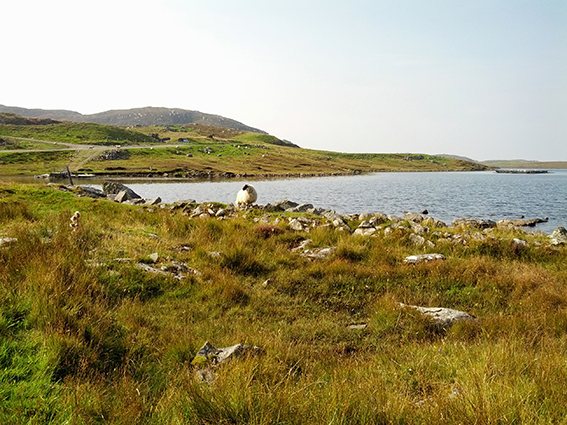
Mackenzie (1883 – 1972) was an interesting character. He was an intelligence officer in Greece during WWI and appears to have gone out on his own setting up a separate operation. Later, when he wrote his memoirs, he was prosecuted for breaking the Official Secrets Act. Although English by birth, he lived in Scotland most of his life (and on Barra where Whisky Galore is set) and was a founding member of the Scottish Nationalist Party. I wonder what he would have thought of the loss at the recent independence referendum? Having done this trip and steeped ourselves in the Jacobite revolt, the battle sites of the terrible defeats, and the devastating evidence of the clearances in the form of ubiquitous ruined crofts, it seems such a betrayal of this history that the no vote prevailed.



